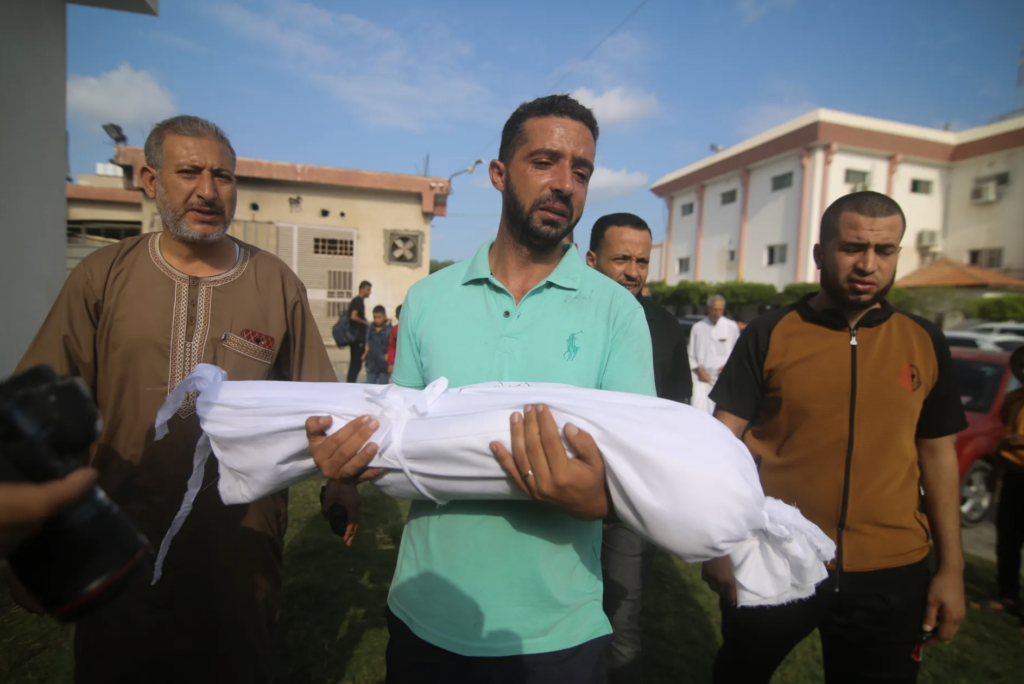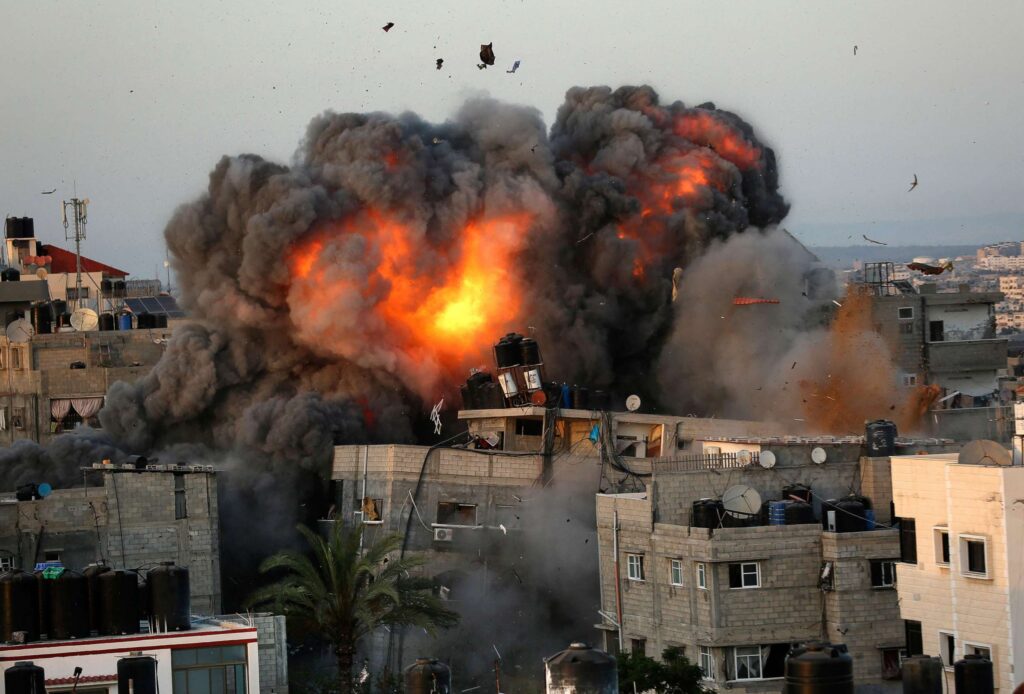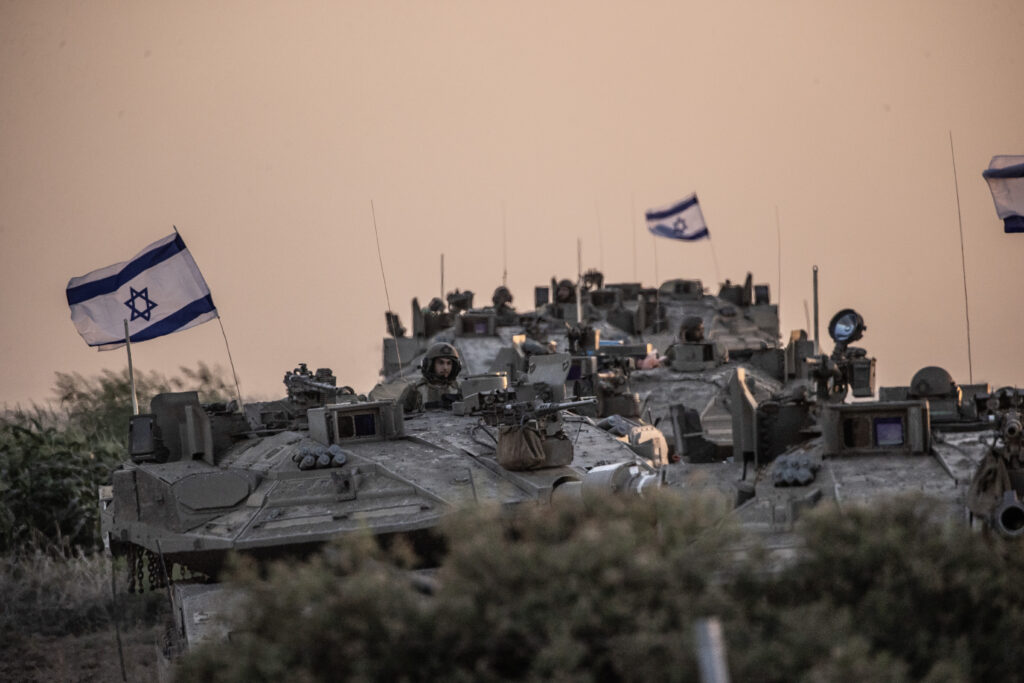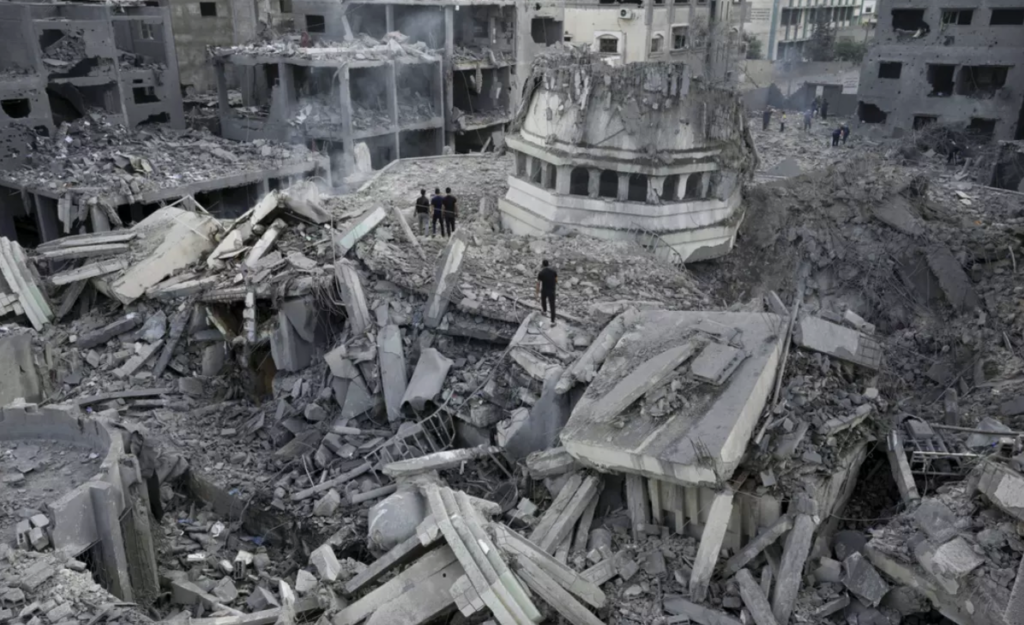Opinion - Genocidio en Palestina Tecnologías del silenciamiento - Latinoamérica Mexico Palestina
Reading time: 10 minutes

23.11.2023
In the face of the genocide in Palestine, the covert Zionists, the technologies of silencing, the models of editorialization and the instrumentalization of historical narratives; Fabian Villegas shares with us an essential reflection towards mobilization beyond media performance.

“In Jerusalem, every step is a grave. /
Here every step is a grave, /
every grandmother is a Jerusalem.”
-Mohammed El-Kurd
Nothing defines the false illusion of “contemporaneity” more than the moral fiction of a “civil contract” on the unrestricted defense of the “human.” If the regime of colonial temporality is sustained on anything, it is precisely on the construction of asymmetrical, unequal contemporaneities, contemporaneities of exception.
Where does the cartography of the human end, and where does the cartography of spaces of exception begin?
A characteristic feature of colonial historiography has been to conceal the violence of its narrative through an exercise of temporal demarcation, where the narrative is installed in a temporality that is (not) its own, it moves with a deceitful opacity within a neutral, ahistorical temporality, without any type of moral and political responsibility for its speech.
I remember a lot that reflection by Lucie-Mami Noor Nkaké in “The Memory of Capture”, about that perverse condition of modernity in which no one presents themselves in (their) act of narration as a coeval, a contemporary of a genocide. As if genocide were alien, antagonistic to the notion of contemporaneity, or as if a condition of contemporaneity were the “historical overcoming” of genocides. There is a social contract, a contractual relationship with the temporality of modernity, to always see the genocide from an anecdotal, retrospective, non-contemporary dimension. One of absolute irresponsibility. In that sense, that primary curiosity always remains open. Did people know? Did people know what was happening in the Ixil triangle in Guatemala during the ethnic genocide and scorched earth policy? Did people know what was happening in Kigali during the genocide in Rwanda? Did people know what was happening during the 80 continuous days of bombing and torture in the Kosovo war? Did people know anything about what was happening in the concentration camps in Belzec in Poland? Did people hear or see anything about the massacres of the indigenous peoples in Australia, the torture and massacres in Cambodia, Namibia, Chad, Pretoria, Kabul, Baghdad, Tripoli, or during the “Porraimos” on the gypsy people? Have people heard the cries of the Rohingyas in Myanmar? When I was 12 years old, I asked my grandmother if she remembered anything that was said about the Holocaust, she said no. My grandmother didn’t even attend primary school, so the little she heard was on the radio, and I certainly believe that the campaigns against diphtheria and cholera were so aggressive in her neighborhood that they gained more ground and attention than any event. in a far away country.

To date, since October 8, 15,180 Palestinians have been murdered—46% of them minors—, 37,000 injured, and 1.5 million displaced. 30,000 tons of explosives have been dumped on the Gaza Strip, which represents double the explosives used in Hiroshima. In four weeks, more explosives have been dumped than were dumped in an entire year in Afghanistan, in a territory of no more than 360 square kilometers, inhabited by nearly 2.4 million inhabitants, making it one of the territories with the highest demographic density in the world. The Gaza Strip is not a strip, it is a territory.
The Palestinian genocide has been a paradigmatic example of how big data, statistics and cartography have been colonial devices of violence, dispossession, silencing, and the imposition of a necropolitical order. We are faced with a genocide broadcast in prime time, in which all narrative resources have been used to build a regime of silencing. Silencing technologies based on informational fences, algorithmic violence, narrative changes, editorialization models, instrumentalization of historical narratives, censorship, harassment, bans, intimidation and analysis of an unprecedented mediocrity and cynicism, which they find in the grammars of the “complex”, scabs to cover up the most obvious: the genocide.

Taking the Hamas attacks of October 7 as a starting point is a profound exercise in historical forgetfulness, which greatly endorses Zionist necropolitics. If Zionism has been able to do anything since the Six-Day War (1967) it is to make forgetfulness an ideological heritage of the State. The poet Leila Khaled said that there has not been a day, one single day since 1948 in which the Palestinian people have not been under a spiral of violence, suffering, or have been victims of all types of transgressions to their land. In the dispute over historical memory, narratives matter. Under that premise, it is an exercise in historical memory to translate Israeli occupation colonialism since 1948 as a war crime.
If we start from the forced (genealogical) displacement of 750,000 Palestinians during the birth of the State of Israel, through the paramilitary groups of Zionism (Irgun or Haganah), to the systematic processes of territorial dispossession, confiscation of lands and plots, illegal settlements, deprivation of possessions, dismantling of means of production, restriction of access to the sea, diversion of (Palestinian) natural resources such as water and farmland to illegal settlements of Israeli settlers (which today leave 63% of the population of Gaza in food insecurity). Prohibition and restriction of access to drinking water and electricity, illegal raids, restriction of free transit and mobility, unrestricted laws criminalizing the Palestinian population, mostly young people. Police abuse, arbitrary detentions, torture, extrajudicial executions, violation of human rights, restriction of the right to public space, demolition and destruction of historical heritage and memory spaces, destruction of historical archives, destruction of community fabric, ancestrality, territoriality and communality systems, control and restriction on entering and leaving the country, legal frameworks that prohibit Palestinian refugees from exercising their right of return (right to return home), laws that prevent Palestinian family reunification, criminalization of the Palestinian flag, prohibition and criminalization of the right to mourning.

There is no Israel-Palestine conflict; we are facing a civil genocide based on the principles of territoriality of “population colonialism”, in which the Israeli State has sustained its project since 1948 on a set of hybrid necropolitics aimed at disappearing the entire Palestinian people, and to militarily administer its survival mechanisms.
It is not necessary to read Ilan Pappé, or immerse oneself in the archival work of Ariella Azoulay (two prominent anti-Zionist Jews) to understand genocide as a foundational political project since 1948, one only needs to open a map to read the traceability of the cartography of dispossession. In the last fifty years alone, Israel has appropriated more than 138,000 Palestinian hectares, demolished nearly 71,000 homes and structures, encouraged the exponential increase in illegal settlements and settlers, through the massive construction of public and private housing projects that to date sponsor more than 700,000 settlers living in the occupied West Bank, including East Jerusalem. Not to mention all the architectural-spatial tools and devices that have been key to the apartheid, the legal-political administration and biopolitical management of the population and territory. The political prisoner Muhammad Al-Ardah said that the demolition of homes has a devastating psychological role, of re-editing violence in this cartography of erasure and in genocide as a political project.
There is no structure of colonial violence that better exemplifies the meaning of population colonialism than the State of Israel in relation to Palestinian territory. The “Judaization” of the Palestinian territory is a constituent of genocide as a political project of Zionism.

The well-known concept of deterrence (whose etymological origin means to persuade through terror)—which today is an open part not only of public discussion, but also of the disgusting language of ministries, of institutional, militaristic semantics, and even of the intelligence services of Mossad, Shabak, Aman, and national security policies—exhibits very well the role of genocide. In the politics of forgetfulness, genocide is not enough; it is not genocide for genocide’s sake. Genocide must be spectacularized; genocide is a pedagogical instrument to exemplify not only colonial violence, but the device to exemplify a historical truth. A historical truth built as a state monument of Zionism, which operates with its back to Judaism, the Jewish people, the Semitic peoples, the Khazarian population, the Israelite population. I make this last comment due to the historical instrumentalization of the narrative of anti-Semitism to cancel any gesture of solidarity and denunciation against the Palestinian genocide. Solidarity and the fight with and for the Palestinian people embraces the Semitic peoples, it is pro-Semitic. How can you not embrace the Semitic people (all of them) when the Palestinian people are also a Semitic people? In an exercise of historical responsibility with the people who are victims of anti-Semitism, it is fundamental and urgent to remove that concept from this scenario. This is a solidarity and a fundamentally anti-colonial and anti-Zionist movement of struggle, against the colonial, fascist, necropolitical and dehumanizing project that Zionism and the State of Israel have historically represented since its founding, period.
The notion of war is limited to the construction of Nation States and empires; therefore, editorializing the genocide as a “bilateral conflict” not only endorses the Zionist disinformation machinery, but ends up functioning as a political capital of Zionism to deepen the genocide and conquer with international public opinion the legitimacy of its Islamophobia and its necropolitics.
We return to the main question: Do people know? Yes, people know.
It’s just that, within the plots of abominable media morality and selective empathy, Palestine is a (non) place, a space of exception within the cartography of human rights and the grammars of international law. Under the colonial regime of modernity, the password to enter the cartography of human rights depends on the binary regime of “legality” vs “illegality”, as the only way to exist universally in the face of the law. Under this premise, the Zionist disinformation machinery and Western-centric Islamophobia have made the Palestinian people a community of profound historical illegality.

In the face of genocide, there are pacts of silence, technologies for silencing, regimes of silencing. Faced with the tepidness, omission, and stupidity of editorializing the genocide as “a bilateral conflict,” “a war of historical complexity,” “a ceasefire on both sides,” “all lives matter,” “peace and stability in Middle East”, there is a manifest act of complicity with the perpetrators of the genocide. The mandates of silence by institutional, corporate, state consensus are a public gesture of complicity with one of the most ominous structures of State terrorism, violence, dispossession and politics of death of contemporary times.
And by this, I am not only referring to the geopolitical chess game that the Biden administration plays in its political and moral support for the genocide, like the United Kingdom, France, Egypt, Spain, Canada, Lebanon, Australia, etc. Nor to the miserable performative exercises of the precautionary rhetoric of the United Nations Security Council, nor to the political lobbies, nor to the new de facto powers articulated by GAFAM, MAGMA, FAAMG, or Wall Street, Hollywood and the real estate industry of the United States, nor to all the rest of the conglomerates of the political economy of extractivism, whose relationship with Zionism is very well known to us. But to the regime of silence of all those global multimedia corporations, conglomerates of cultural-artistic institutions, museums, non-profit organizations, publishing projects, biennials of the Global North that promote “liberal multiculturalism”, intersectional agendas, tacky environmentalism, performative anti-racism, the metanarrative of the “Global South”, of the plethora of postcolonial discourses, of the 20-30 agenda, of cultural democracy, of the “unrestricted commitment to human rights” and social justice, in which —in many cases—their boards of directors, councils, and financiers are made up of plutocrats related to Zionism or the State of Israel. This time, their pact of silence is bathed in blood.

In the face of death, there is no room for optimism.
The infanticide in Gaza warns us that this time there is no war to fight; there is a memory to account for everything lost amongst the mourning and the rubble. We are left with the dispute over memory; we have to relentlessly denounce that we are witnessing the historical operation of a genocide.
“Sing me a song from home,
break a plate or two, throw a stone or two,
because the screams make me nostalgic;
I almost no longer fear the sound of sirens.”
-Mohammed El-Kurd
Comments
There are no coments available.